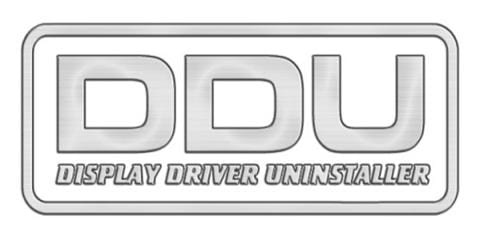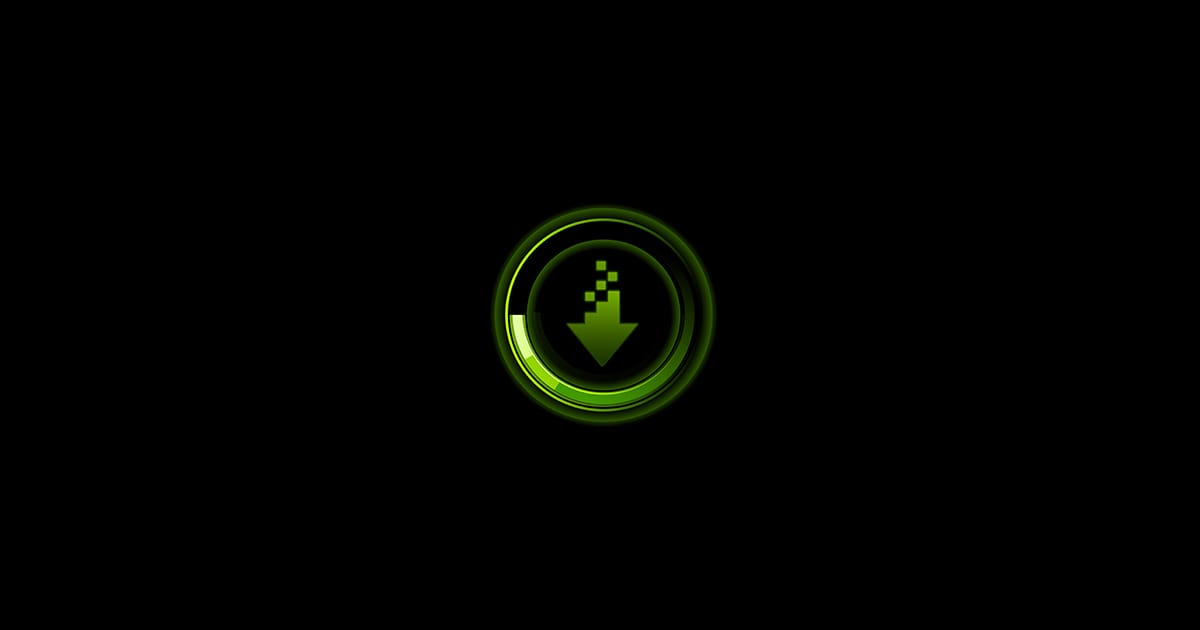ughel2048
New member
- Local time
- 8:09 PM
- Posts
- 17
- OS
- Windows 11
Hello, I had this issue for a while now. I do not know how to use WinDbg and BlueScreenView did not help me (since I am inexperienced).
The link to the files are below, I am asking for your help.
 drive.google.com
drive.google.com
Thank you in advance
Best Regards
The link to the files are below, I am asking for your help.
DESKTOP-ADMIN-(2024-01-17_19-11-11).zip
 drive.google.com
drive.google.com
Thank you in advance
Best Regards
- Windows Build/Version
- Windows 11 23H2
Last edited:
My Computer
System One
-
- OS
- Windows 11
- Computer type
- PC/Desktop






















